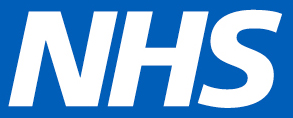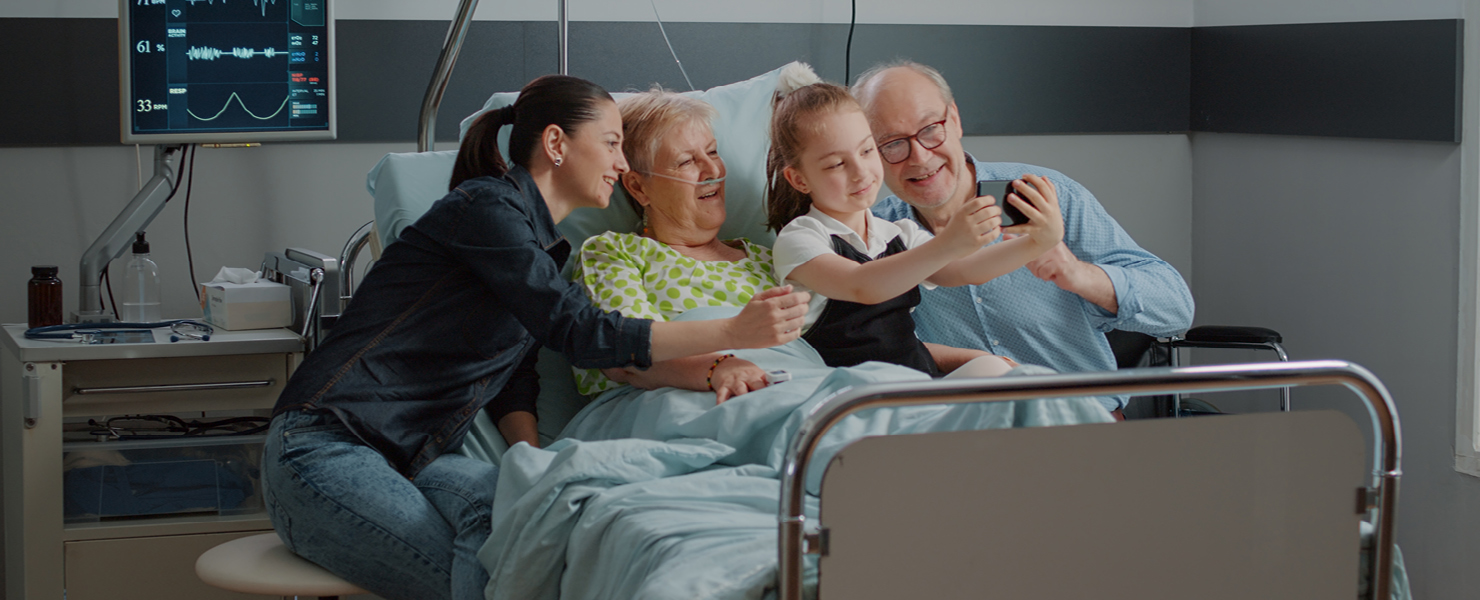Improving discharge performance and flow outcomes in Surrey and Sussex Healthcare NHS Trust.
What was the context of this work?
Surrey and Sussex Healthcare NHS Trust (SASH) straddles Surrey Heartlands ICS (Integrated Care System) and Sussex ICS and supports a catchment area with a population of around 745,000 people. The population is split roughly 50% between the two ICSs and is covered by two local authorities.
The COVID-19 pandemic and recovery had significantly impacted performance and, therefore, how SASH was operating. This included a very challenging urgent and emergency care pathway, which had consequences on both cancer and elective care capacity and performance.
It was noted that a significant number of patients who were medically ready for discharge remained in an acute bed while awaiting discharge to their optimal destination, thus increasing bed occupancy and putting a strain on patients, the organisation, social care and the wider system.
What did you do?
We needed a different approach to supporting patient flow so Surrey County Council (SCC) commissioned IMPOWER, on behalf of SCC and partners (SASH and First Community Health and Care), to co-design and deliver a sustainable model for improving discharge and flow outcomes. Let’s Get You Home (LGYH) launched in April 2023 following initial diagnostic and pilot testing phases. The aim being to improve patient outcomes and reduce non-elective length of hospital stay.
Interventions put in place include:
- Co-development of 11 core principles for LGYH and an inclusive ambition of what good discharge looks like for the local community.
- Creation of a LGYH Policy, incl. escalation protocols, informed by NHS England best practice.
- Development of a set of pathway standards, dependent on patient need and context.
- Creation of new patient information resources which provided the framework for different conversations with patients and those supporting them.
- Development and implementation of new ward work processes and practices.
- Development and measurement of key metrics to monitor and assess impact, iterate and optimise interventions and motivate staff.
What did you notice?
A joined-up focus on admissions avoidance, hospital discharge and community support is required to deliver optimal patient, organisation and system benefits. This also led to:
- Optimising SCC’s hospital social work model by developing integrated health and social care teams with Surrey social workers embedded in wards as part of the multi-disciplinary team. A revised ward-based operating model for the social care team driving earlier, strengths-based, discharge planning discussions that maximised patient independence and streamlined referral processes.
- Mobilisation of the delivery arm of the East Surrey Coordinated Discharge Programme, supported by the Virginia Mason Institute.
Additionally, we recognised that a shift in culture and behaviours was required across both frontline staff and leaders to ensure successful change at scale and for improvements to be sustained. The central idea and phraseology of ‘Let’s Get You Home’ quickly became an ideology embedded in the culture to generate change and is used as a key phrase in all communications.
What were the impacts & outcomes of this work?
The programme delivered the following benefits and impacts during the first four months:
- Reduced length of stay with 58 equivalent beds saved through non-elective length of stay reductions. Compared to April-June 2022, non-elective length of stay (LOS) reduced by 0.5 days per month and stranded patients reduced by 32%, whilst readmissions remained stable.
- Improved Ambulance Handover and Emergency Department performance.
- Reduction in patients discharged to long-term placements - a 39% reduction of patients discharged to long-term placements, supported by embedding social workers in wards and doubled discharges to home.
- Reduced bed occupancy - 42% reduction in bed occupancy of those not meeting Criteria to Reside compared to November 2022
Based on your learning from this work, what are the top tips you’d share with others?
Relationships matter. Spend time on building and sustaining relationships as a key lever in being able to move at pace. Use those relationships to coalesce on what is best for the patient and align expectations, behaviours and processes across providers.
Consider who commissions additional resource to position the change in the right context when you are doing something that is complex and involves relationships across multiple providers and boundaries.
Understand the problem and commission resource with specialist skills to help work across multiple partners.
Be a valued partner. If you are commissioning work, you need to demonstrate capability and credibility. Embed commissioned resources into the project team and ensure everyone has a hands-on delivery focus.
Leadership sponsorship works. Significant and important changes really benefit from executive leadership sponsorship and Board visibility. This signals the changes are clinically led and helps staff feel safe and connected to the change – this enables the adoption of new policies and ways of working.
Methodology mindset. Invest time in following improvement methodologies to enable Board to ward implementation and staff ownership of the change(s).
Want to know more?
Then please



